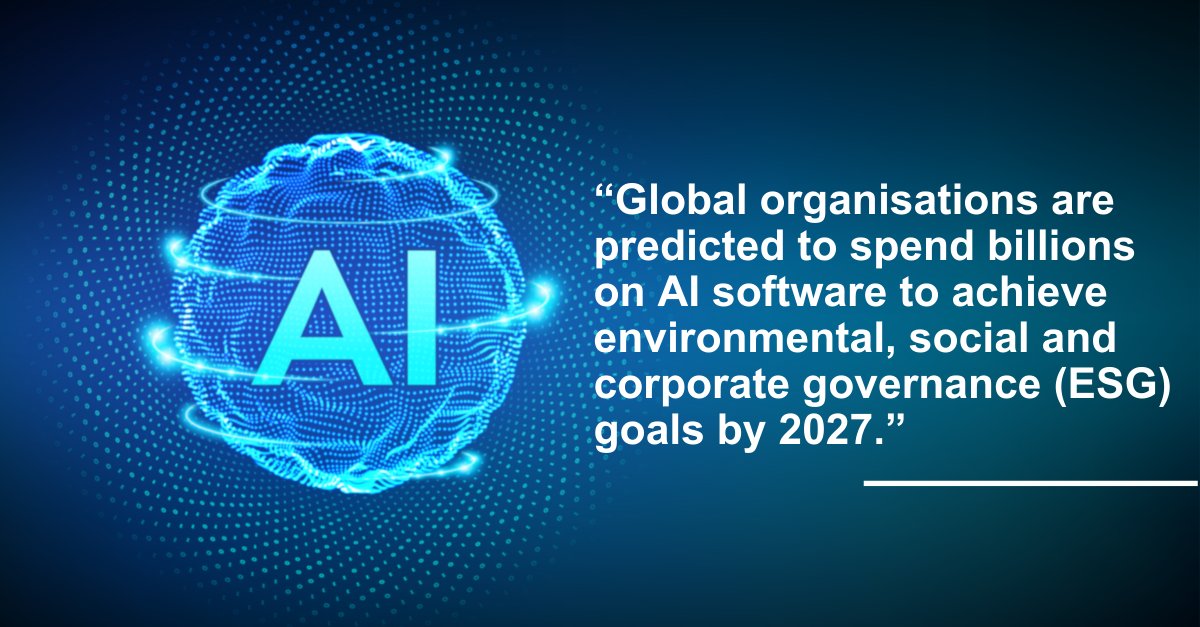We are living through an intense period of global
uncertainty. Geopolitical threats, supply chain challenges, war,
rising interest rates, mass global health events – navigating a way
through this landscape has arguably never been more challenging. But
one threat looms larger than perhaps any other: the existential menace
of global warming. This has major implications for the IT channel.
As lawmakers, regulators and customers begin to
demand more action from the industry, distributors will emerge with a
key role to play in driving greater sustainability. They will own both
the physical infrastructure and data–driven insight to support greater
circularity in supply chains.
Circularity and digital passports
Circularity is not a new concept. But it is an
increasingly relevant one when discussing IT supply chains, as
sustainability efforts kick up a gear. The idea is to change the way
we produce, ship and use products in order to reduce emissions and
e–waste. This can be done by repairing, reusing and repurposing these
products and/or their internal components.

The EU is leading the circular IT revolution
through its CIRPASS initiative,
which itself will lay the groundwork for a new Digital Product Passport
(DPP) scheme. DPPs will in time help to accelerate the transition
to a circular economy and carbon neutrality, while empowering
consumers to make more sustainable choices about the IT products they
buy. It will do so by creating an information system for supply chain
stakeholders to share critical information with each other and regulators.
The key events in the life of each product will
be captured via a distributed semantic web database. The good news
is that the semantic web stack already comes with most of the
necessary and mature tools to link data and metadata–including
access and usage control, verification, and data ingestion,
manipulation and exploitation.
An AI revolution
This is where AI will undoubtedly play a defining
role. By applying machine learning algorithms, organisations will be
able to extract insight from historical data to optimise
sustainability processes in circular supply chains. In fact, global
organisations are predicted to spend billions on AI software to
achieve environmental, social and corporate governance (ESG) goals by
2027. Such models will soon pay for themselves–not only in supporting
DPP compliance and the journey to more sustainable business models,
but driving greater supply chain efficiency and profitability in general.

One company already leading by example on this is
Google, which has partnered with prominent circular economy
organisation the Ellen MacArthur Foundation for several years to
enhance reuse, refurbishment and recycling in its datacentres. As of
2022, seven of 23 Google datacentres reportedly achieved their
zero–waste goals, and the firm is said to have resold over 30 million
hardware components into the secondary market since 2015.
The impact of distributors
Given that they play a critical role in the IT
channel, distributors can also expect to be key stakeholders in the
new circular IT economy. So how will the changes above impact the
sector? We can point to five predictions:
- Vendors will take over direct control of the “second life”
market for reused products.
- Distributors will provide
essential infrastructure for physical circularity.
- Distributors will provide centralised API management for
circularity reporting.
- Distributors should have the best
training data for sustainability and supply chain insight.
- Vendors will want those AI–generated insights.
This opens up significant opportunities for
distributors with the physical and digital resources to make circular
IT supply chains a reality.
If you are interested in learning more on this
topic, get in touch with the CONTEXT Sustainability
team: sustainability@contextworld.com